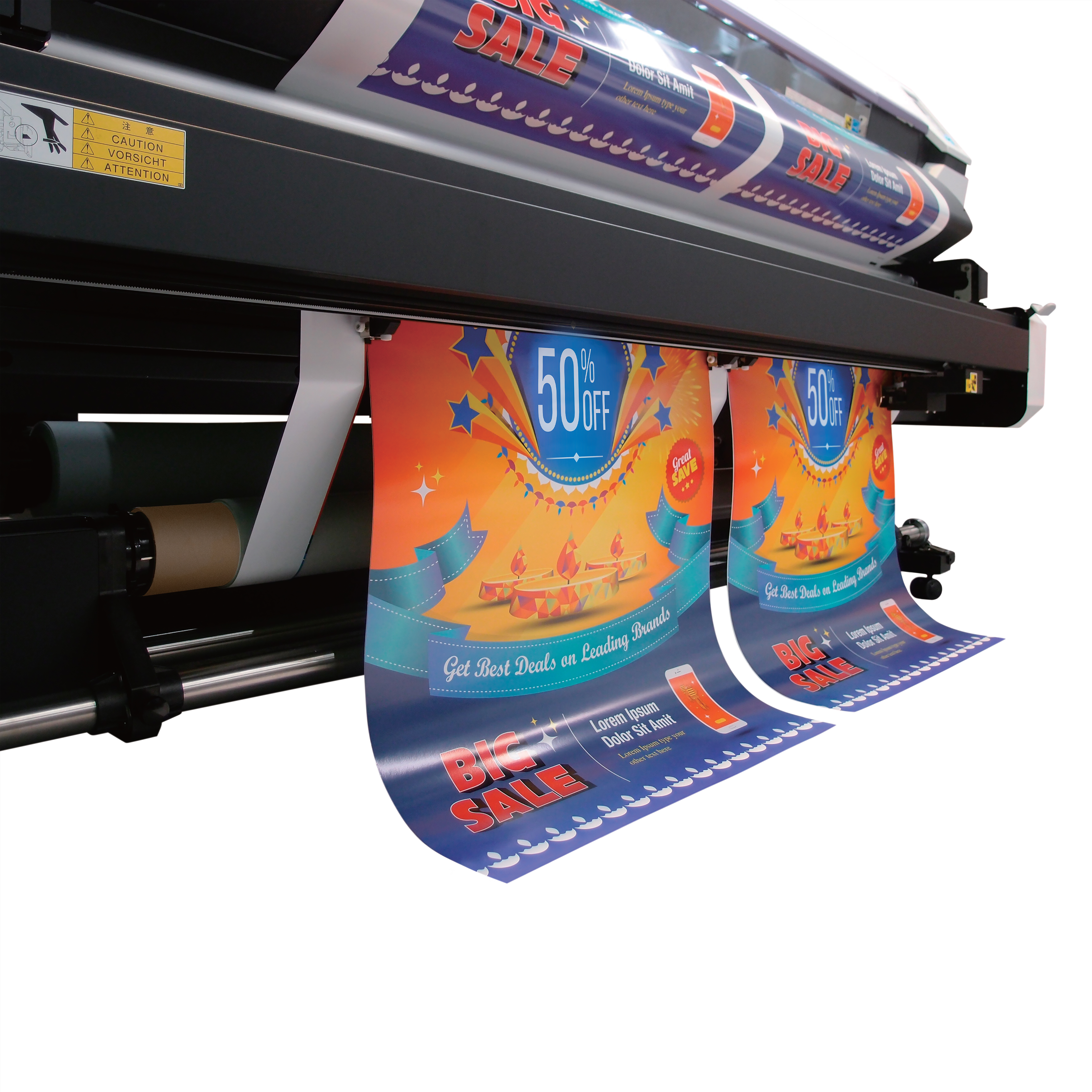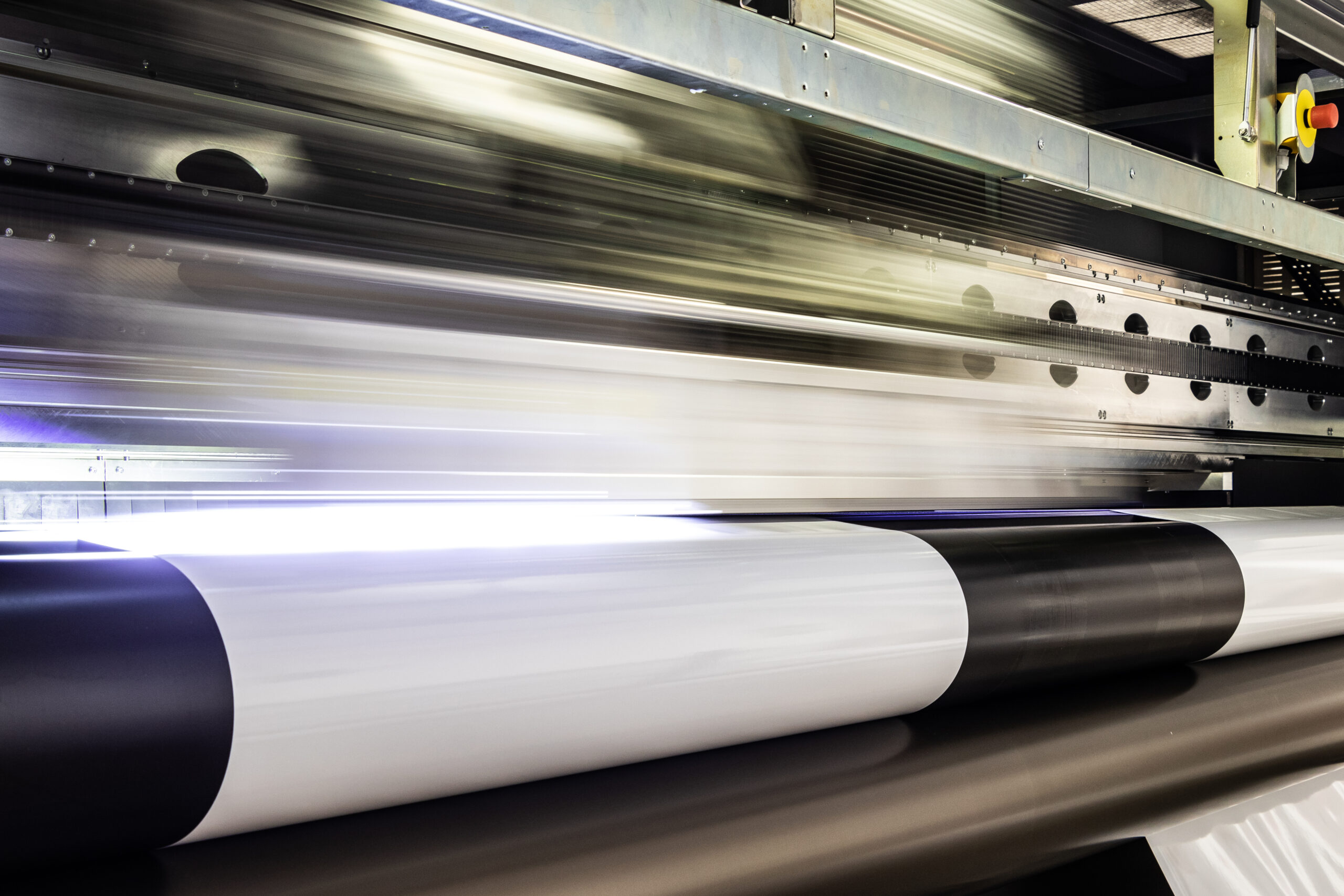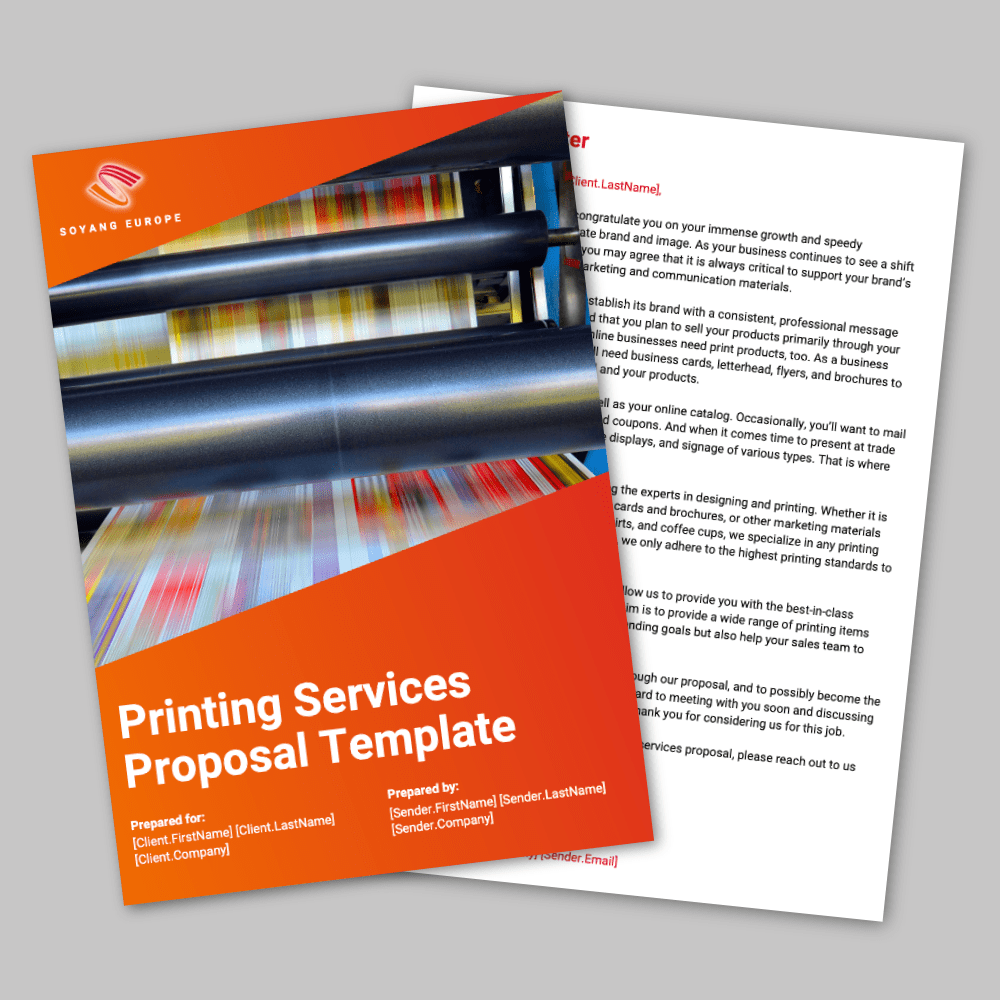What is quality control in printing? And what quality control procedures should your print business be applying? Here’s the Soyang guide.
What is print ‘quality’? It sounds like an odd question. We all know quality when we see it. But when someone asks your print shop to work on their project, what are they expecting? What is their definition of quality? Is it a pixel perfect replica of the file or hard copy they gave you? Is it a version that will be effective at scale or distance? Do they want you to improve on the original?
The truth is there is no single objective measure of print quality. It’s a moving target dependent on a range of factors. That’s why, when you’re setting out your printing quality control procedures, there’s really only one place to start…
Essential Steps for Quality Control in Printing
1. Define quality
Effectively, this is about understanding outcomes. Are you printing photos in a book or graphics on a billboard? Each will use different print materials and techniques. Each will have different resolution requirements – an extremely high dot density for close up photos (to ensure you accurately reproduce the full detail of images), or rather less resolution for billboards at height and distance, because there’s a limit to how much detail the eye can see.
Beyond materials and resolution, this stage of print quality control is about volumes, deadlines, sizes and technical details. These are all obvious elements, you might think, and yet no stage of the process will have a greater bearing on the success (or otherwise) of your print project than this one.
2. Complete a thorough pre-flight
Pre-flighting in terms of quality control in the printing industry is about getting your ducks in a row and ensuring that you have everything you need to complete the job successfully. There are several elements to this:
- Page layout: Is the document presented in a way that ensures that, once printed, its contents will be in the correct order?
- File types: Can your printers read the file types the customer has submitted, or do you need them to be resupplied in an alternative format?
- Margins: Does the material you’ve had presented for printing include the correct bleeds and margins? Without them you risk the final trimmed results including unwanted borders or cropped images
- Assets: Do you have all the tables and images you need to complete the job? It’s common for print shops to be sent files that draw images from other sources, sources your print equipment either can’t read or can’t find.
- Fonts: Do the files supplied use a custom font? Is the project in a language which uses special characters your print software doesn’t include? If so you’ll need the font files to ensure the end result isn’t corrupted.
- Spot colours: Does the design place particular emphasis on a certain colour? You may want to pay particular attention to ensuring your inks and colour settings can deliver on the customer’s requirements.
3. Proof!
You simply can’t have quality control in the printing industry without effective proofing. The question is to what extent should you be expected to proof?
At its simplest and most essential level (from your perspective), a print proof is about ensuring the customer is happy with your work. It’s about checking colour, resolution, layout and alignment. It’s spotting the images that are in the wrong place, the text box that appears blurry and the rogue page ordering that occurs halfway through the document.
One question printers will often be asked is ‘will you check the spelling?’ Frankly, that’s not the role of the print shop, but it’s a fact of life that the printer will get the blame when an embarrassing typo hits the billboard (there are some spectacular examples here).
While no print shop would be expected to proof an entire report, we’d suggest there’s little to be lost and everything to be gained from making a quick proof of, for example, poster and banner content as part of your printing quality control procedures. You shouldn’t be expected to correct any error but flagging it up with the customer will earn brownie points.
4. Carry out regular maintenance
There are lots of ingredients that combine to create quality control in printing. An often overlooked element is the printer itself. Regular servicing and maintenance ensures that all the prep work that goes into a great print product is realised in the final poster/banner/flag/wrap.
5. Choose better print materials
You know what they say about quality in, quality out. Ultimately, it doesn’t matter how rigorous your printing quality control procedures are if the materials you’re using are sub-par.
For print materials that can support the highest print quality standards, talk to us










